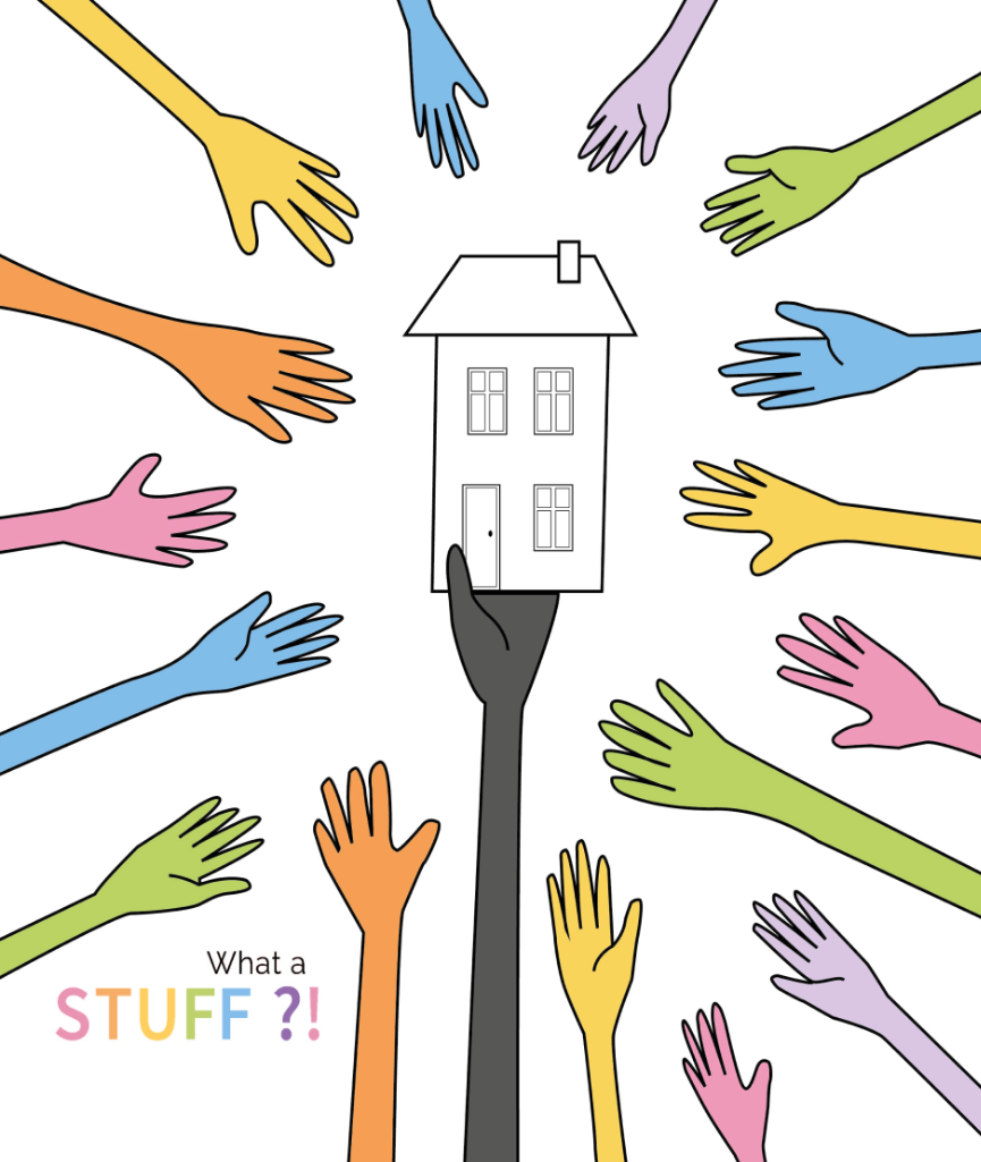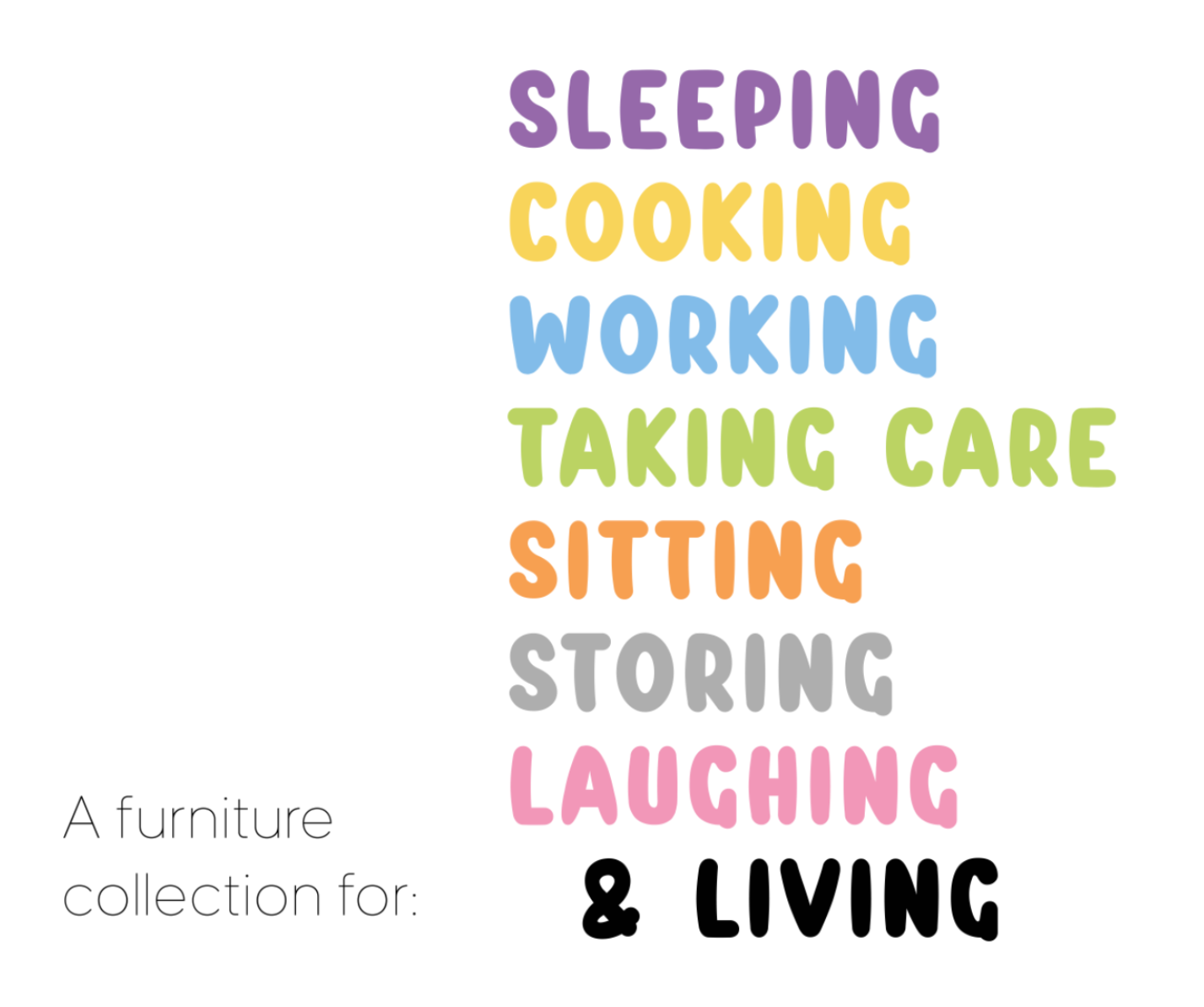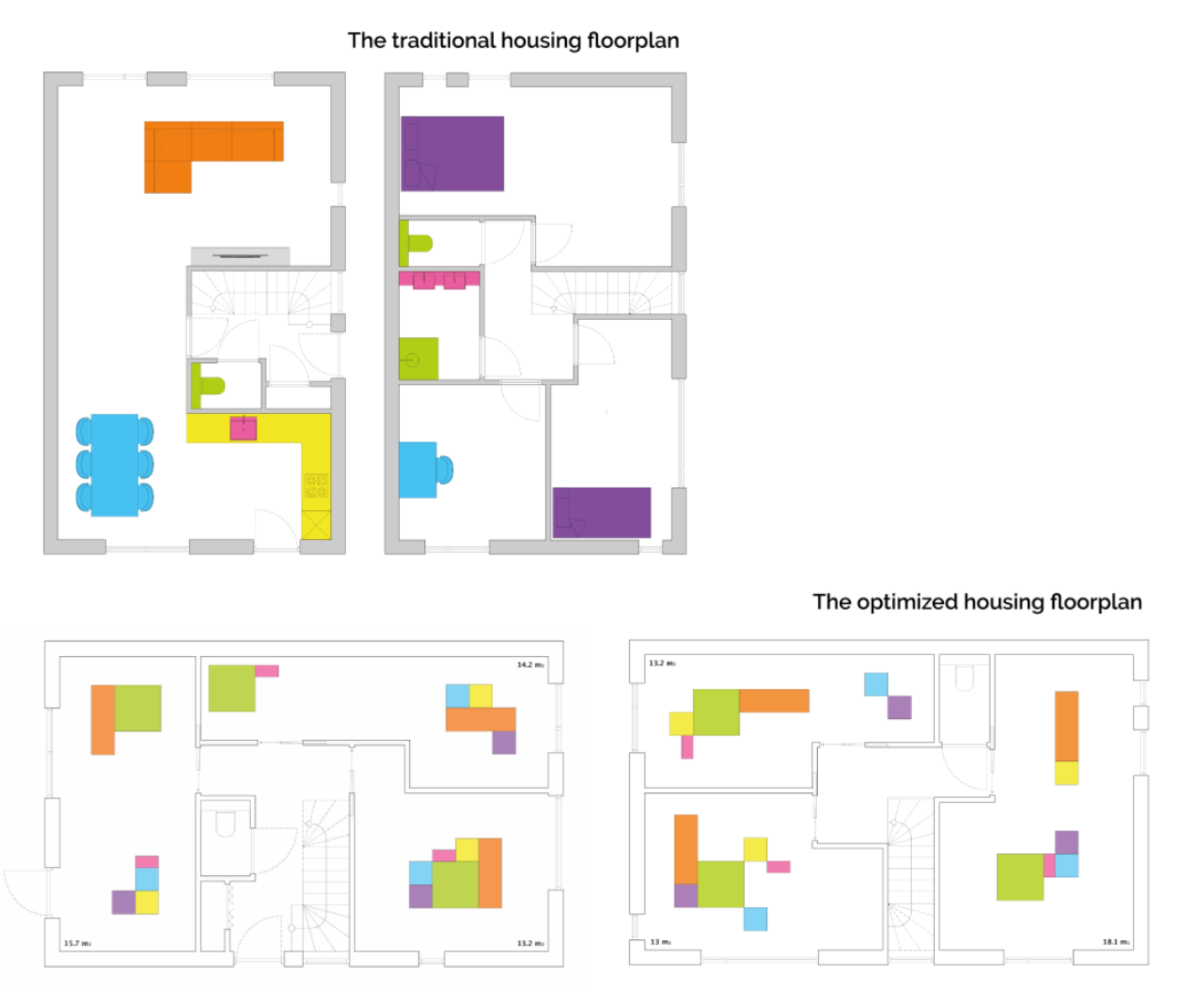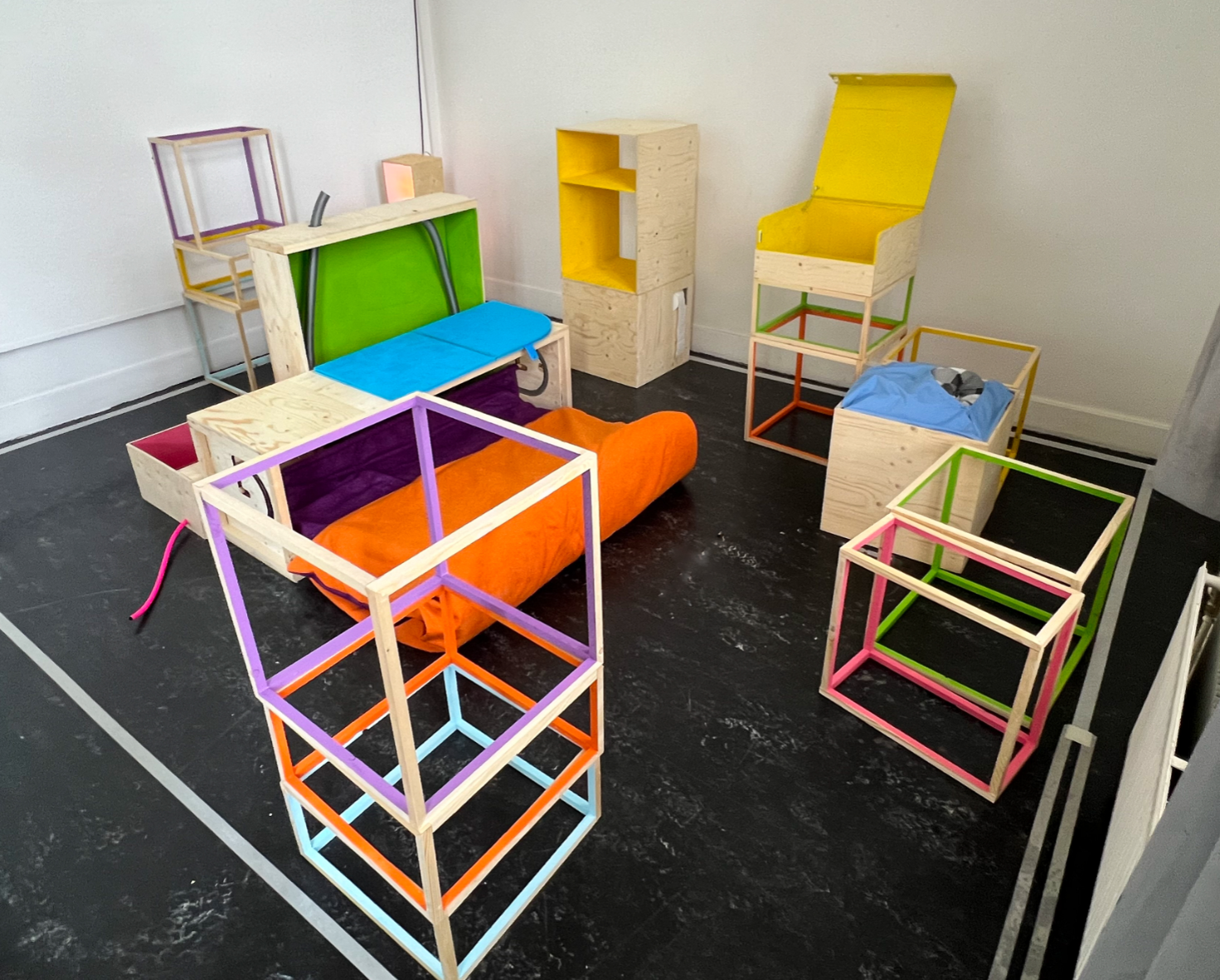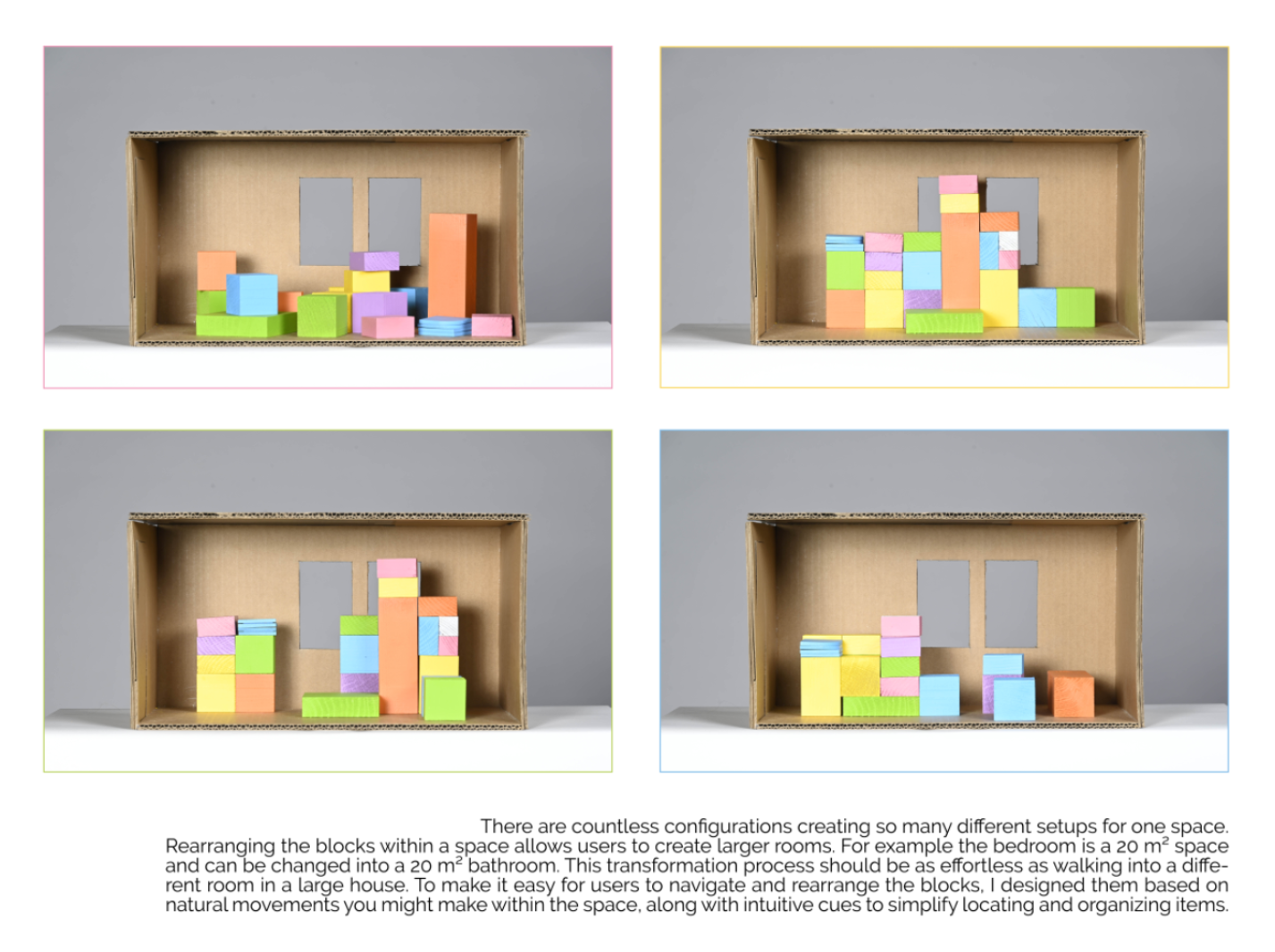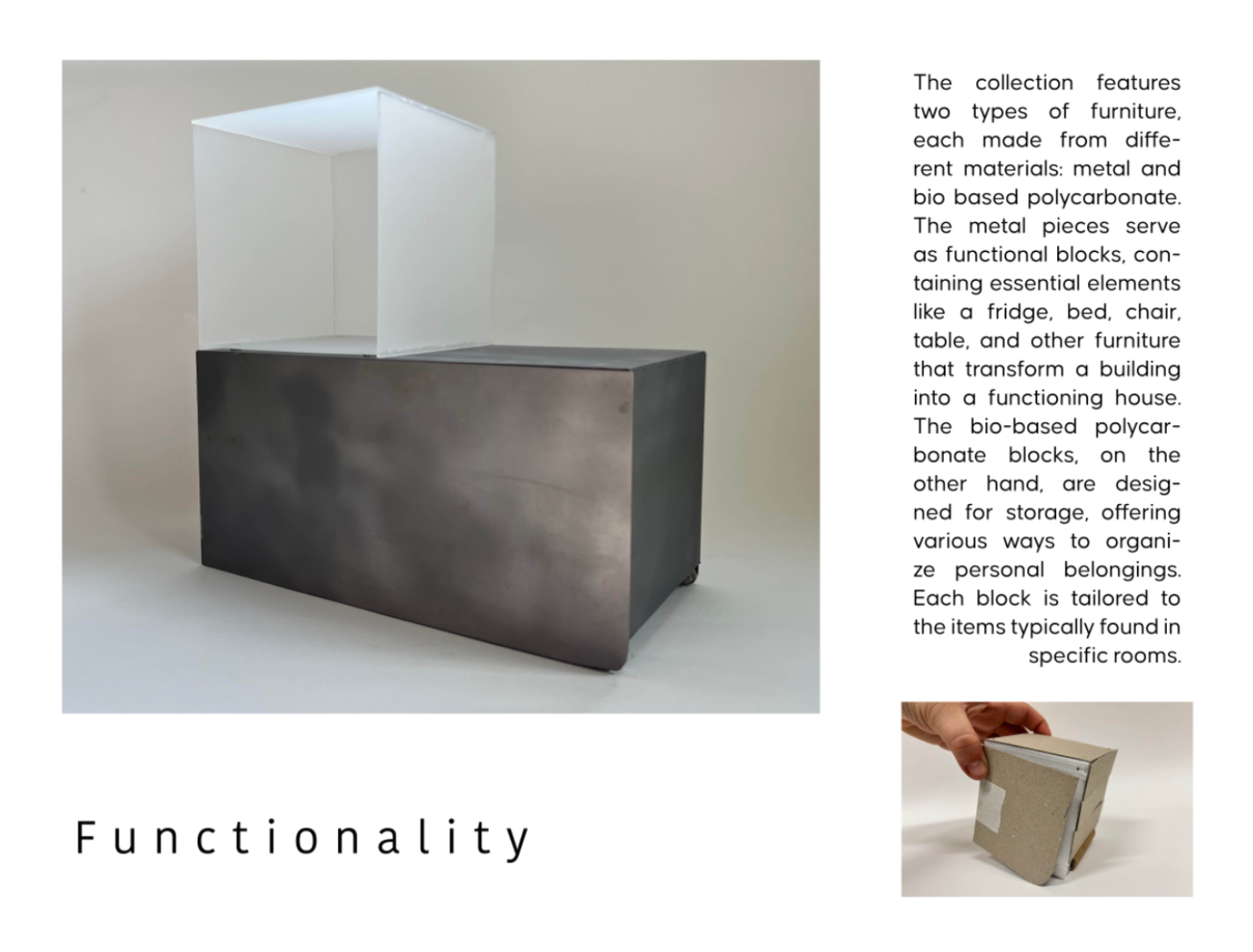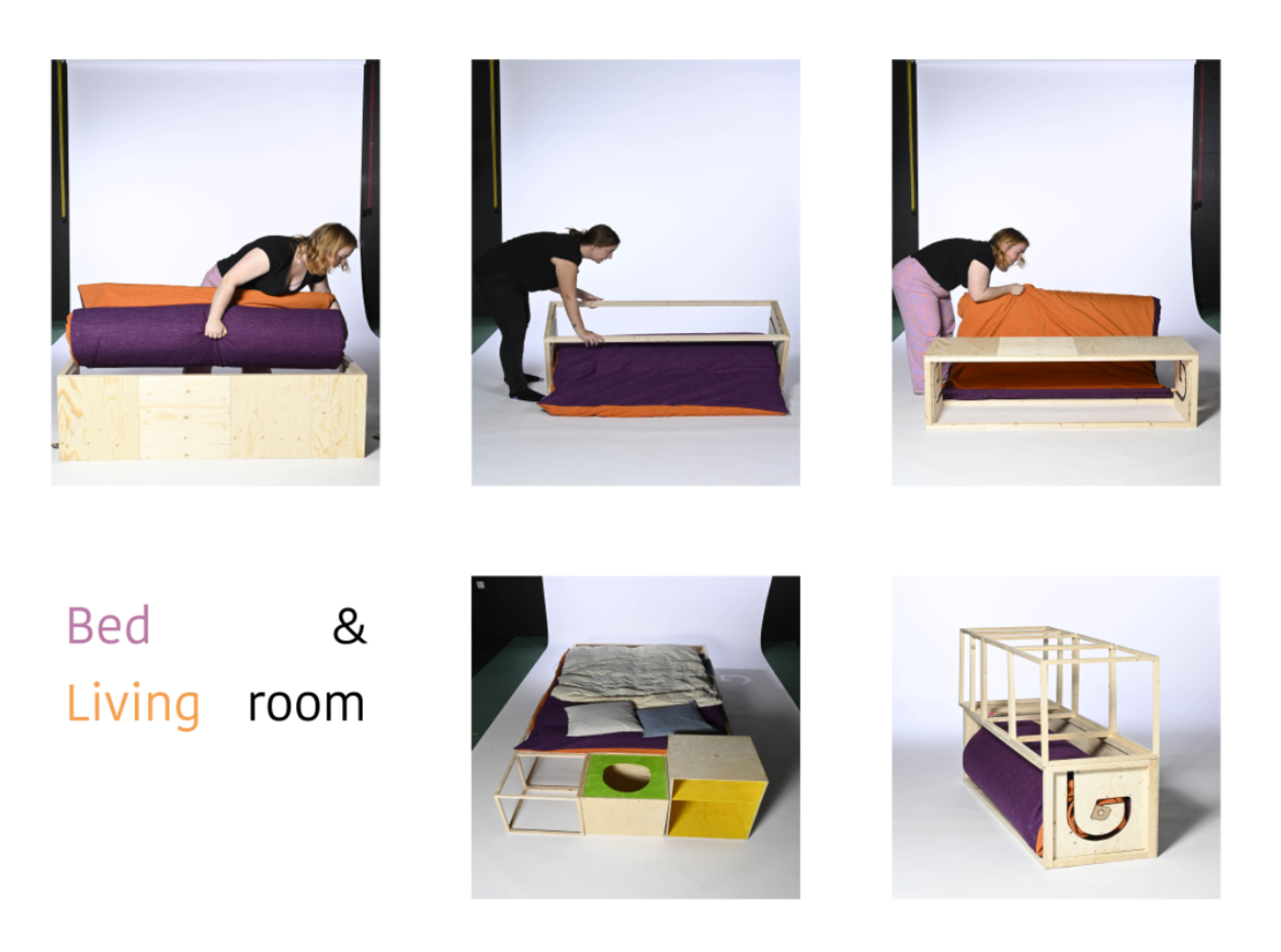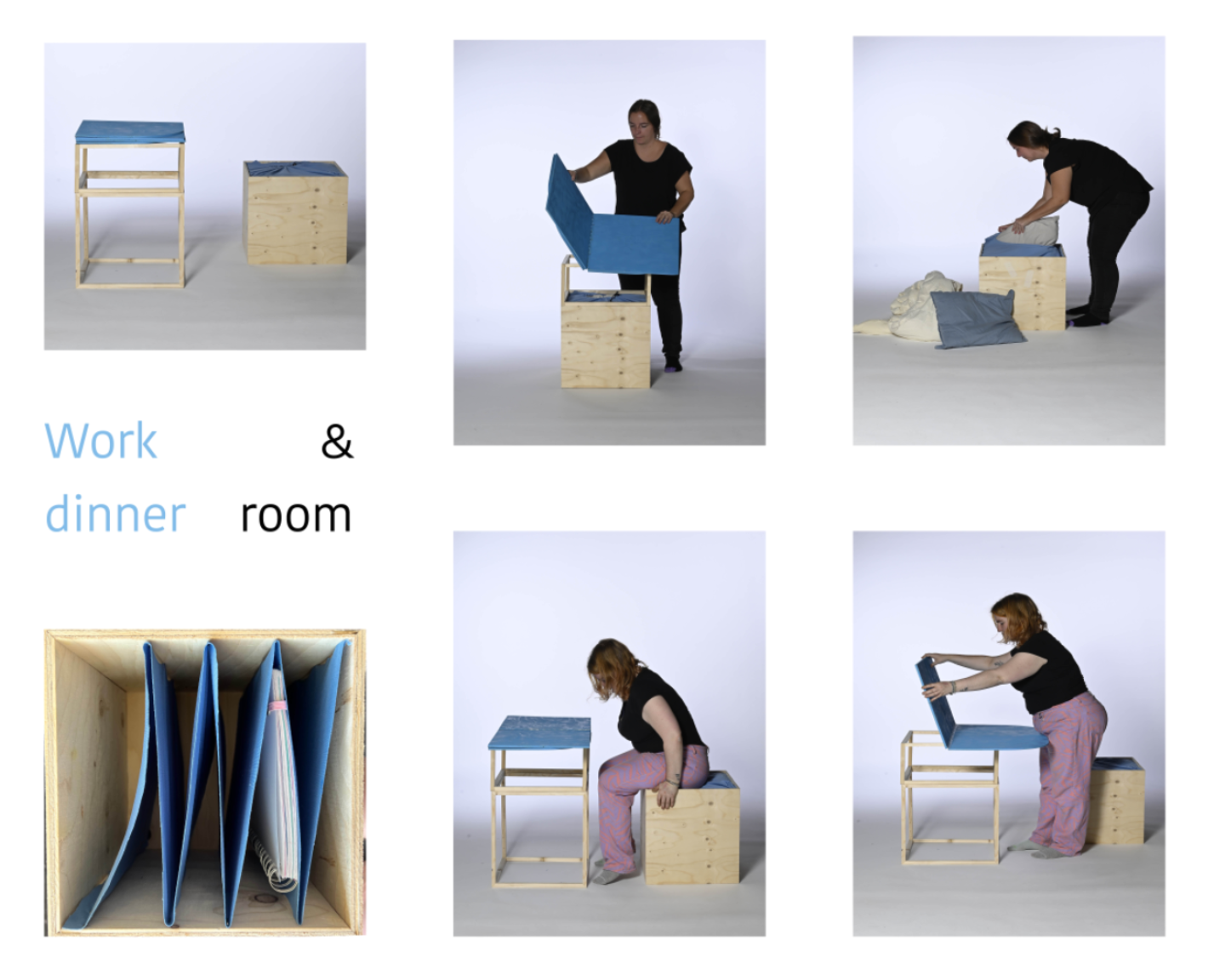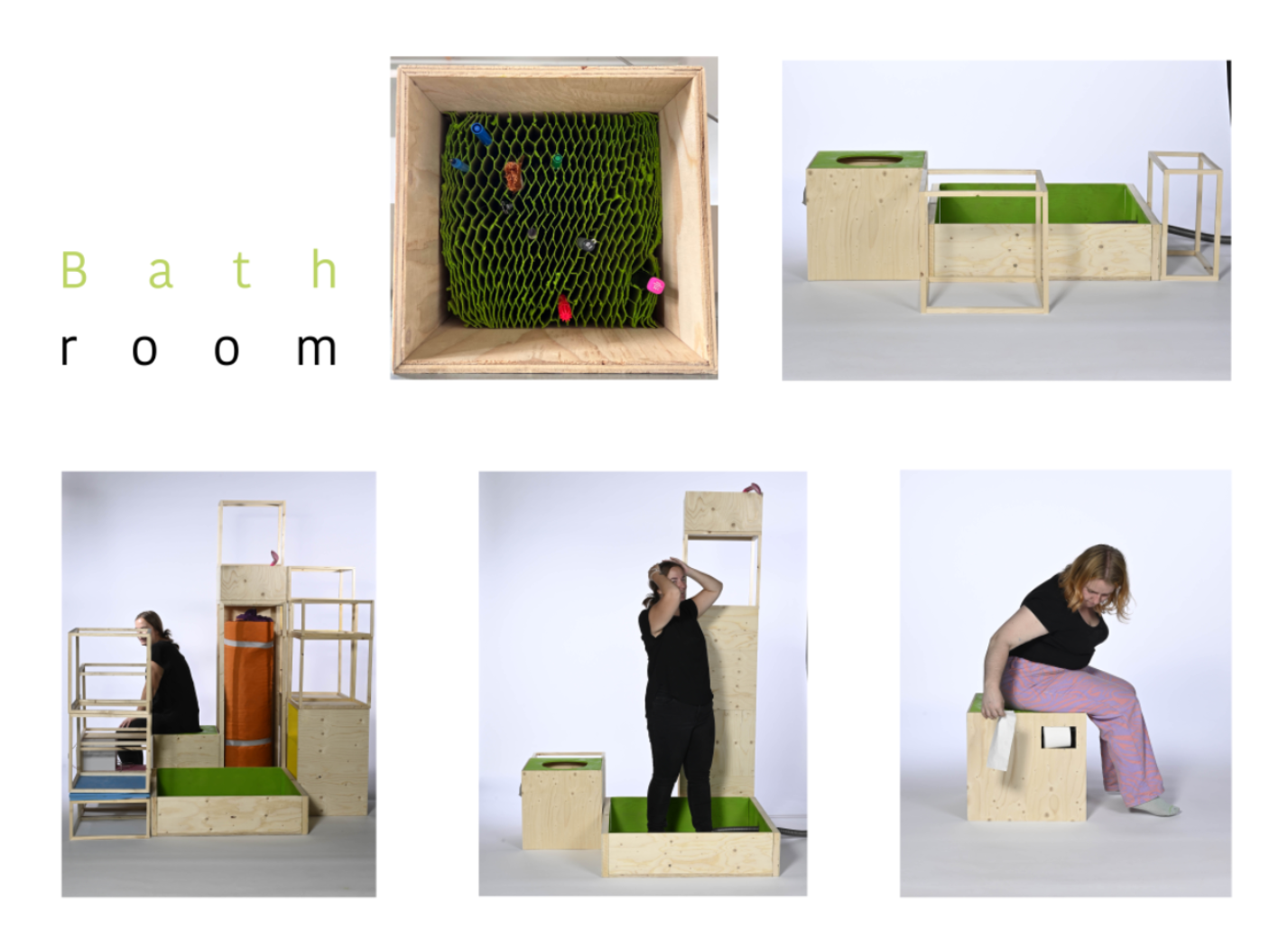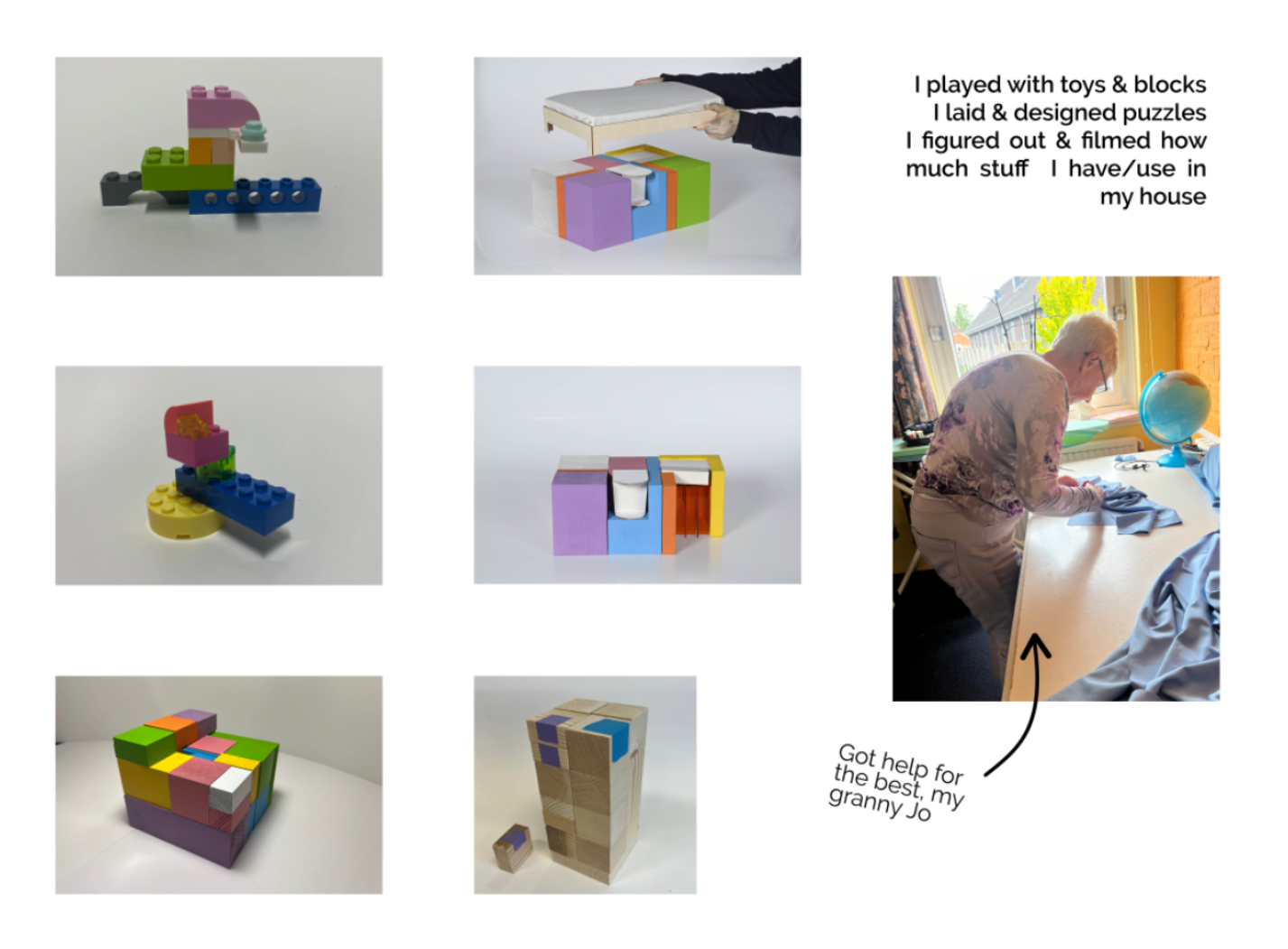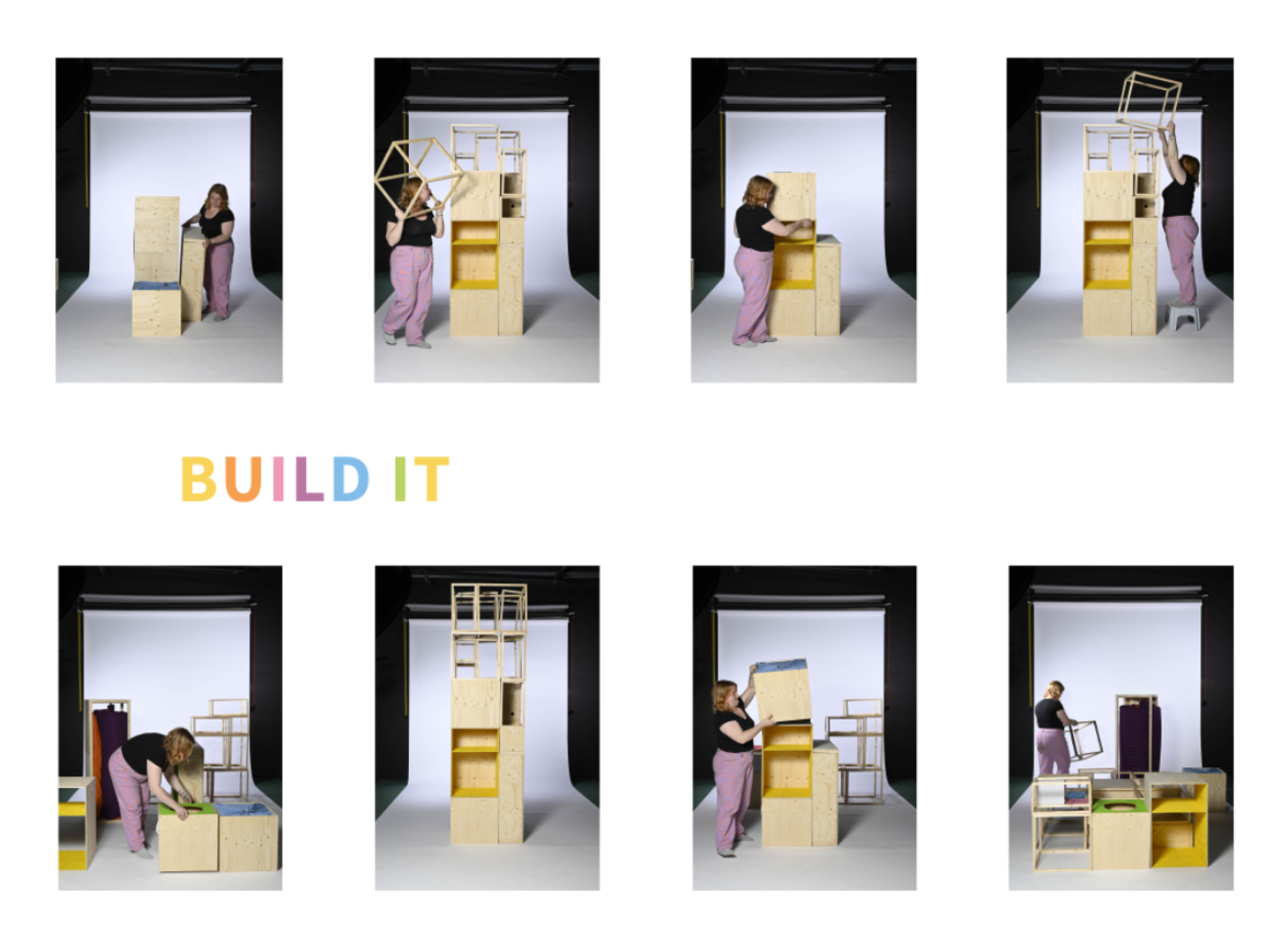Fabienne Eggink
Interior Architecture BA
ArtEZ University of the Arts
Graduates: 2024
Specialisms: Interior Design / Architecture / Furniture
My location: Arnhem, Netherlands
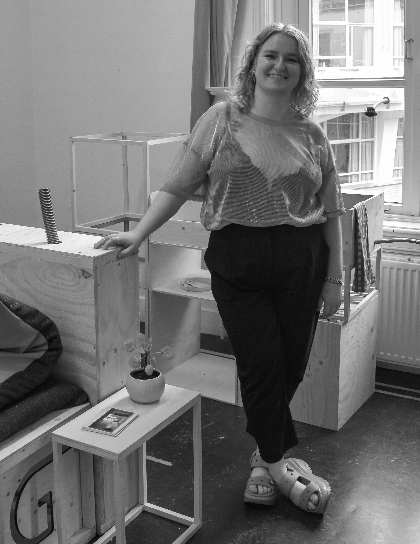

Fabienne Eggink

First Name: Fabienne
Last Name: Eggink
University / College: ArtEZ University of the Arts
Course / Program: Interior Architecture BA
Graduates: 2024
Specialisms: Interior Design / Architecture / Furniture
My Location: Arnhem, Netherlands
Website: Click To See Website
About
The Dutch title for my graduation project is "Wat een spul?!" Translates to "What a stuff?!”. The phrase knows to meanings in dutch: it can express frustration about a chaotic situation, like saying "What a problem!” or it refer to having a lot of items and belongings, asking "What is all this stuff?” The international housing crisis still hasn’t been resolved, which is quite remarkable. A huge number of housing initiatives have been launched, and creative construction plans have been developed, yet the shortage of housing continues to grow. How is that possible? According to the dutch government, there isn’t enough space to build, but I believe the issue lies more in how we organize that space. The space we do have is used inefficiently; developers keep building large family homes under the pretence of 'improving housing flow,' while more and more people prefer to live alone. Should we really be building more? Or should we be designing our existing space more efficiently, like with tiny houses? Although, many people already find their homes too small. But is their home too small for them or for their belongings? Small living, reducing living footprint seems to always come at a cost. Moving into a new house a smaller house always means getting rid of stuff. Small living solutions often go hand in hand with decluttering, which not everyone is capable of, and in my opinion, is nearly impossible. Because belongings are essential: furniture and everyday objects make a space conformable, liveable and functional. A bathroom is nothing more than a small room without a toilet. So, getting rid of almost everything doesn’t seem practical to me. How can design help to minimise a user’s space consumption while cherishing (valuing) the relationship between people and their stuff / belongings ? I created a furniture collection that represents all the items/objects that make a building or a space a house or a home. That’s why I create living spaces by designing modules that revolve around and incorporate the users stuff. The furniture collection consists of 18 multifunctional components that you can play with, just like building blocks and puzzles pieces. You can categorise your items, stack and move the modules to continually transform your space. The different materials and color are designed as affordances to help the user change the function of the room effortlessly, just like walking into the next room in a big house. This allows every square centimeter of the users living footprint to be functional. In a small space, you don’t need to have fewer things, but you need to be more flexible and mindful with them. This furniture collection cherishes the users belongings while optimising their living space.
Competitions


